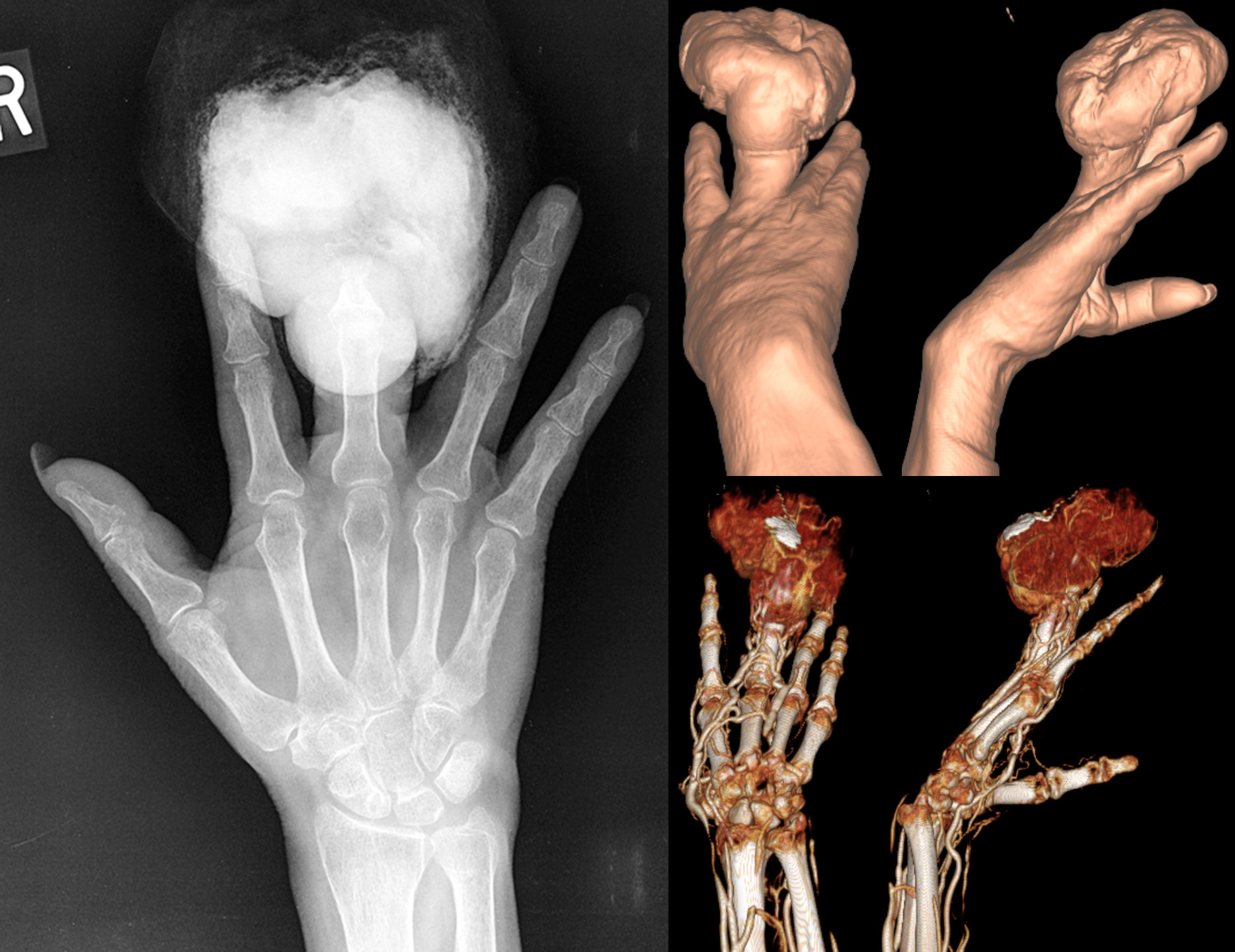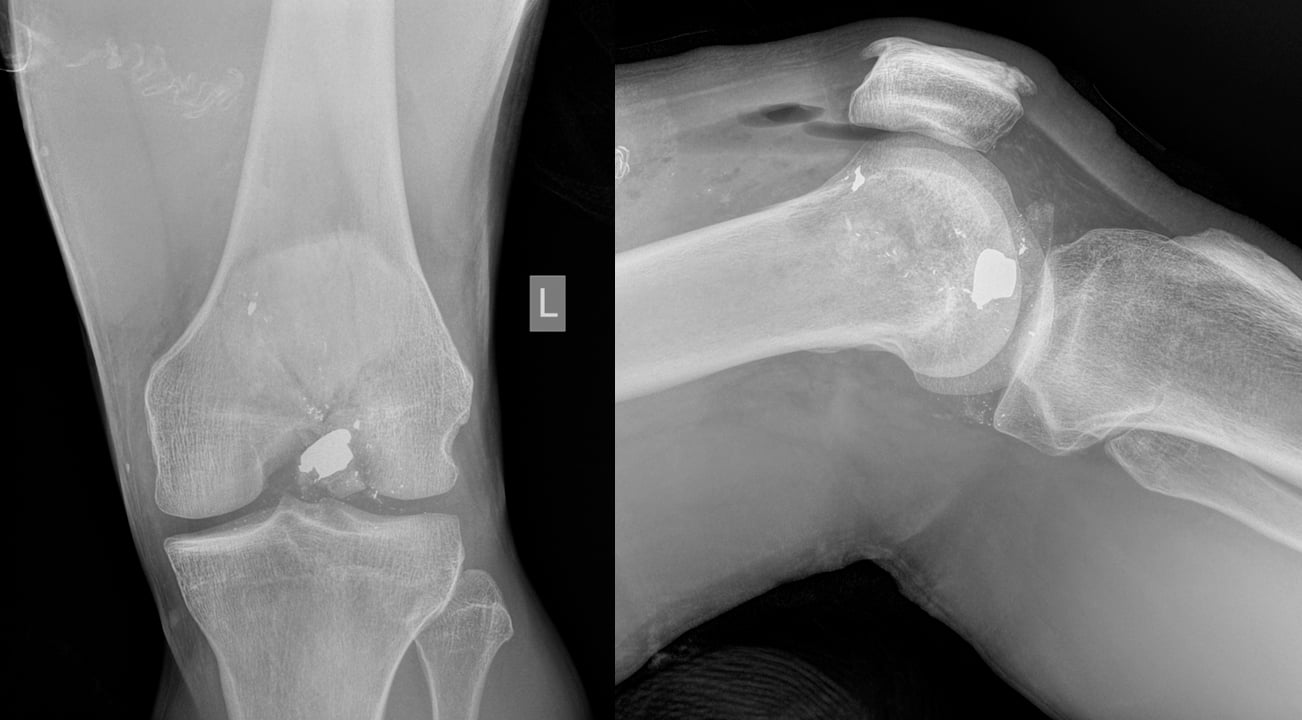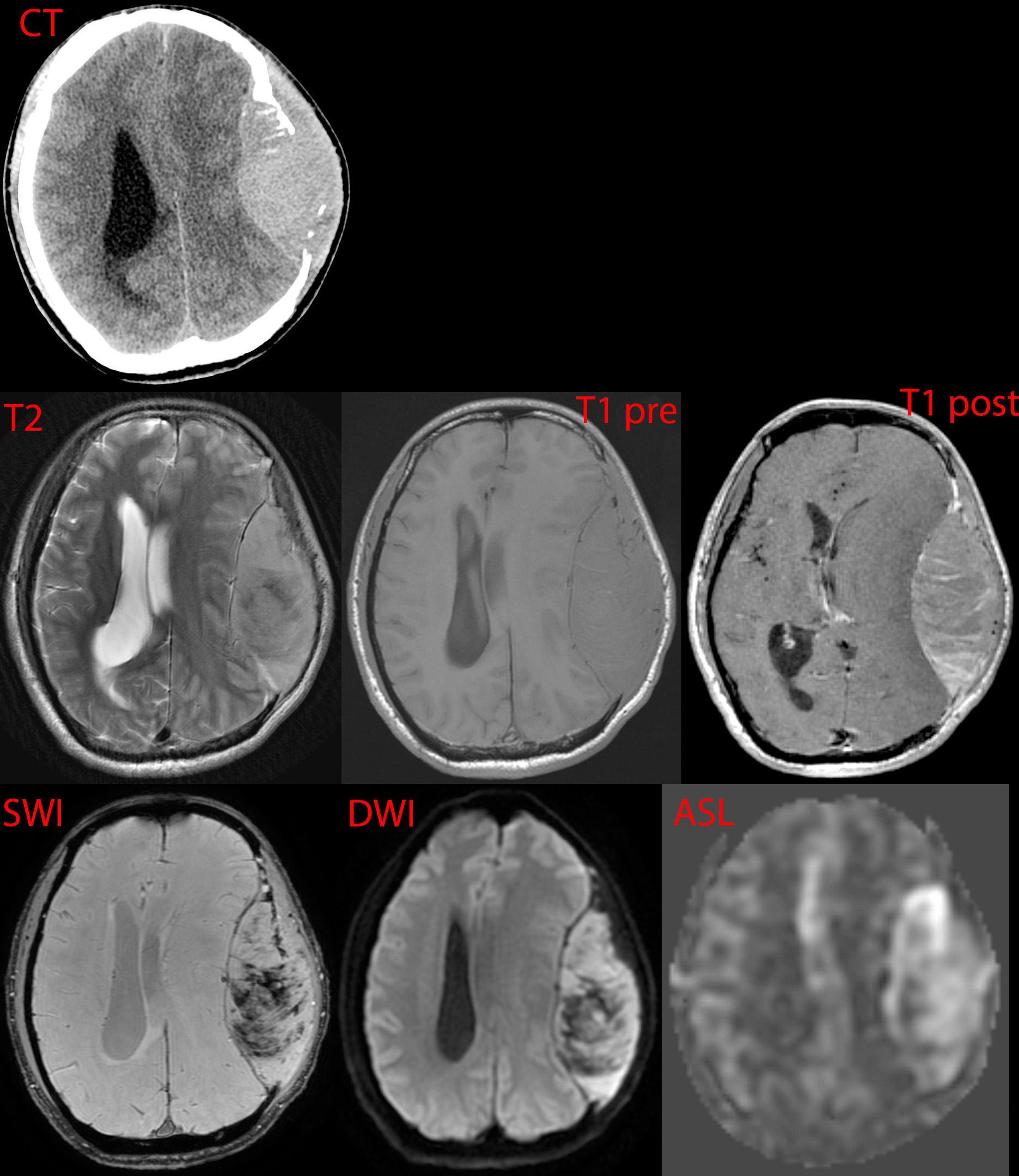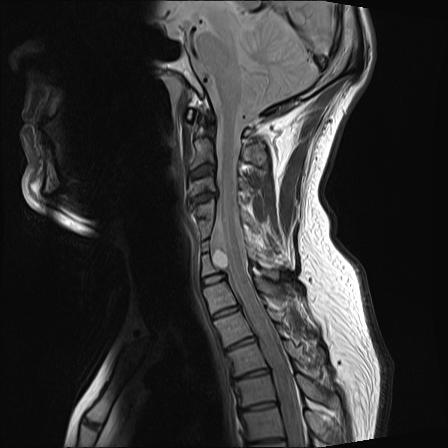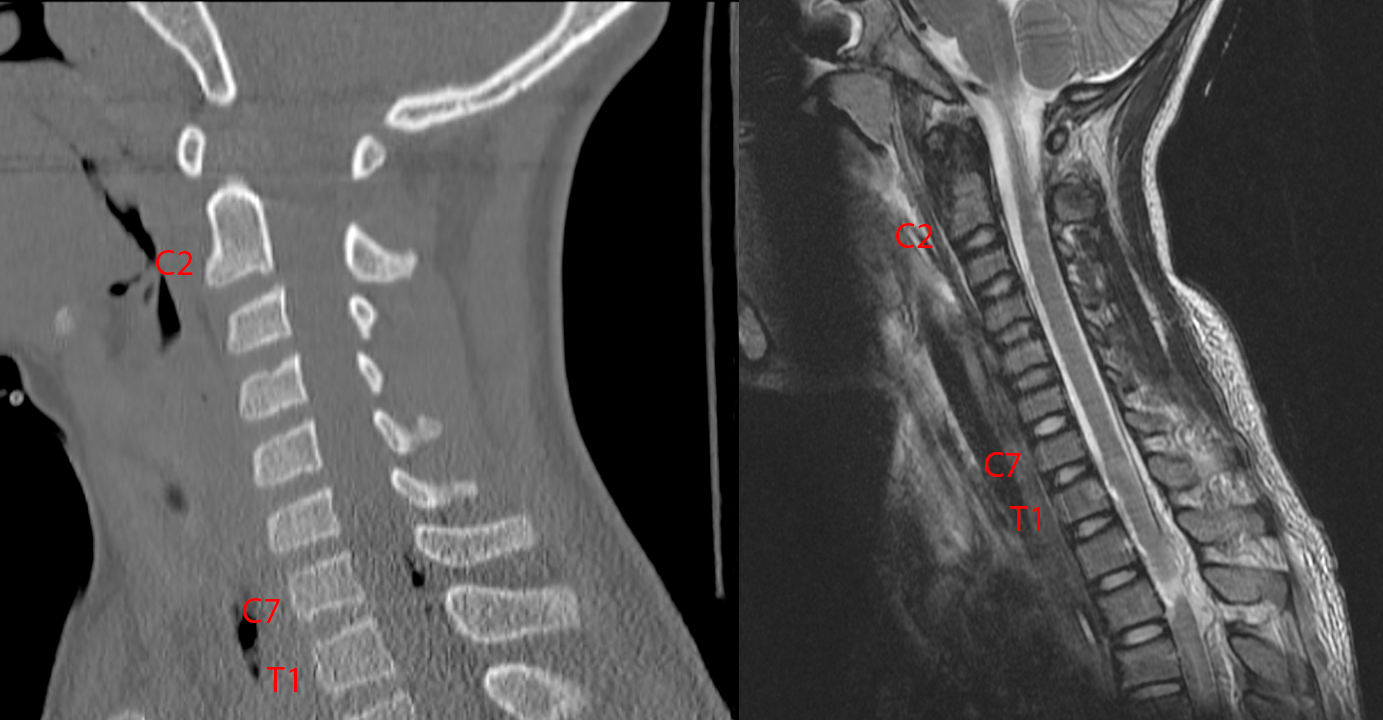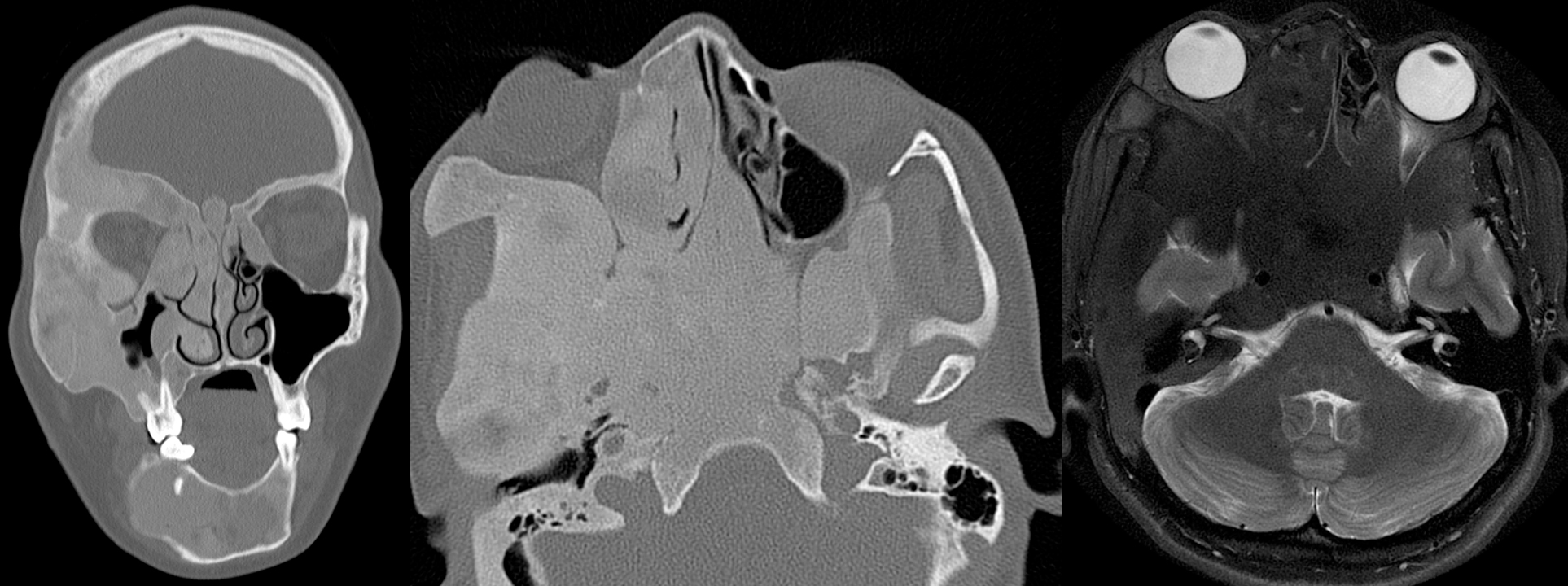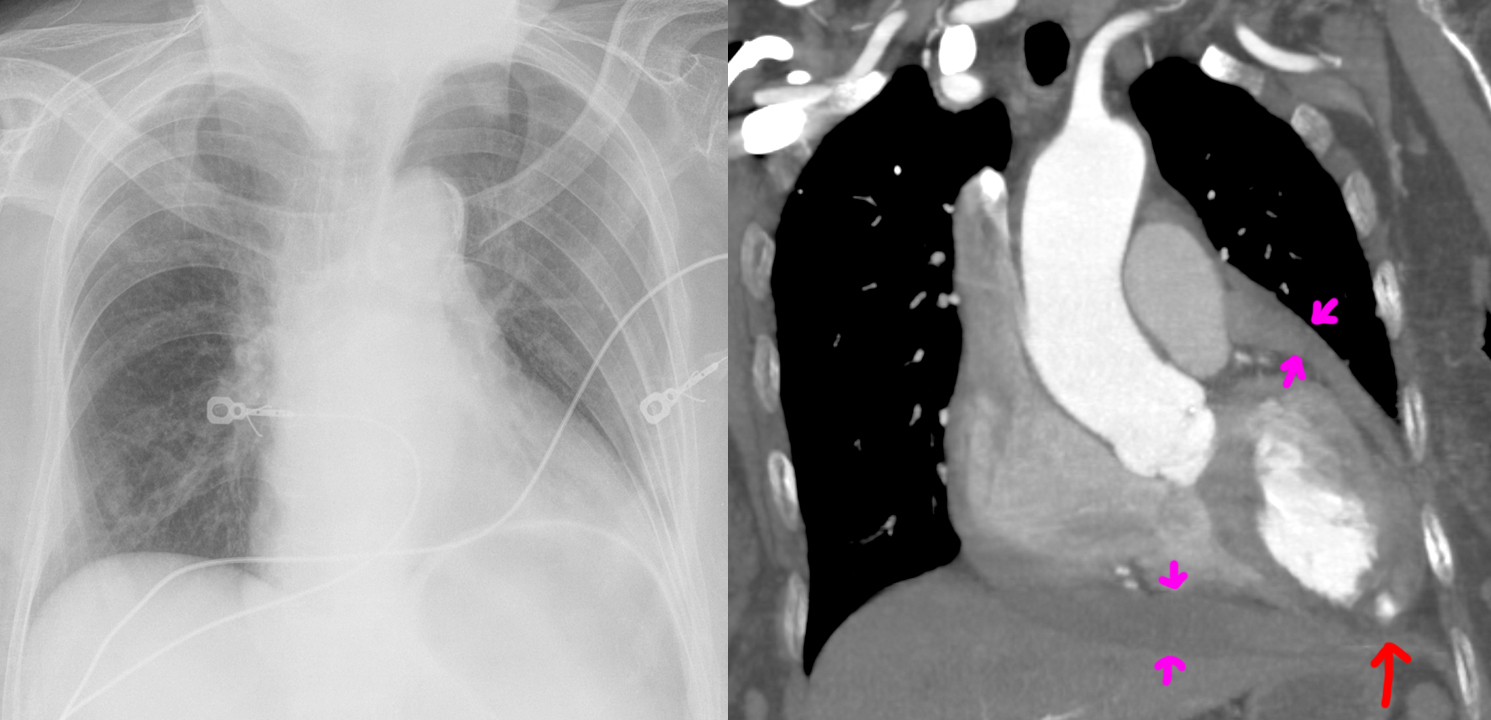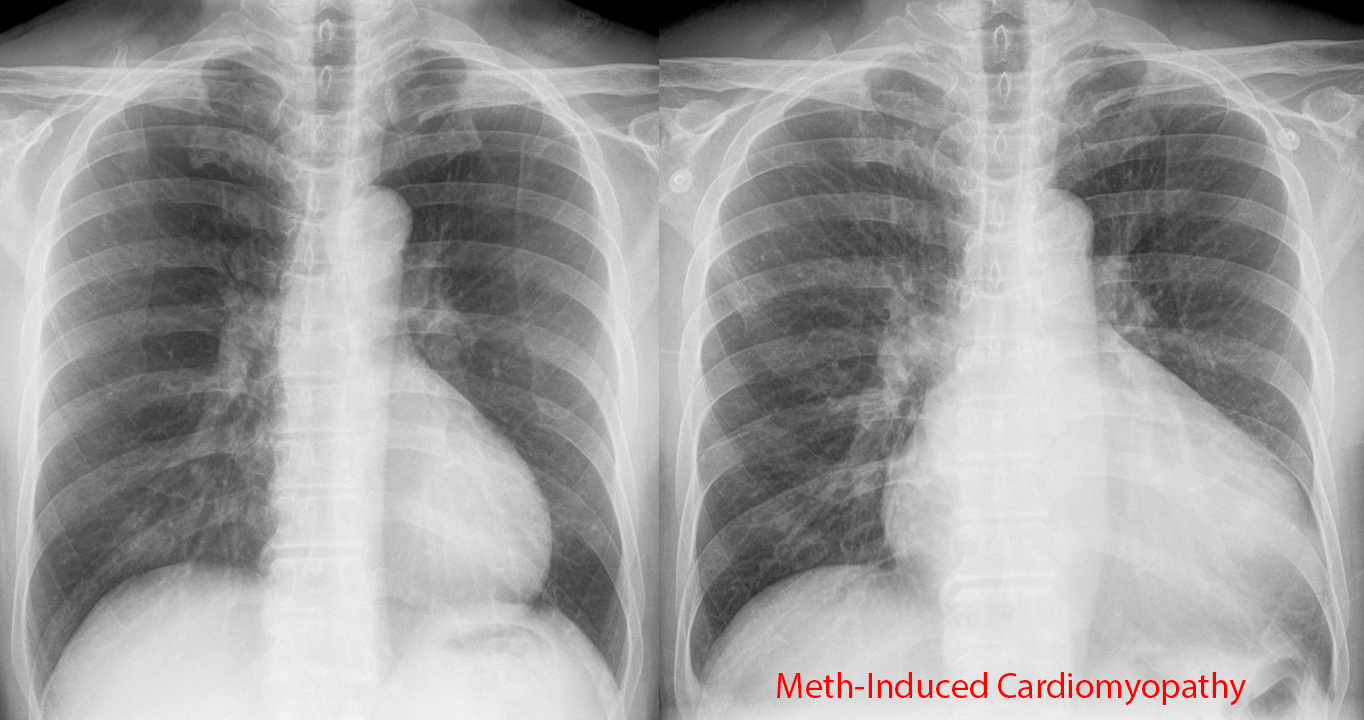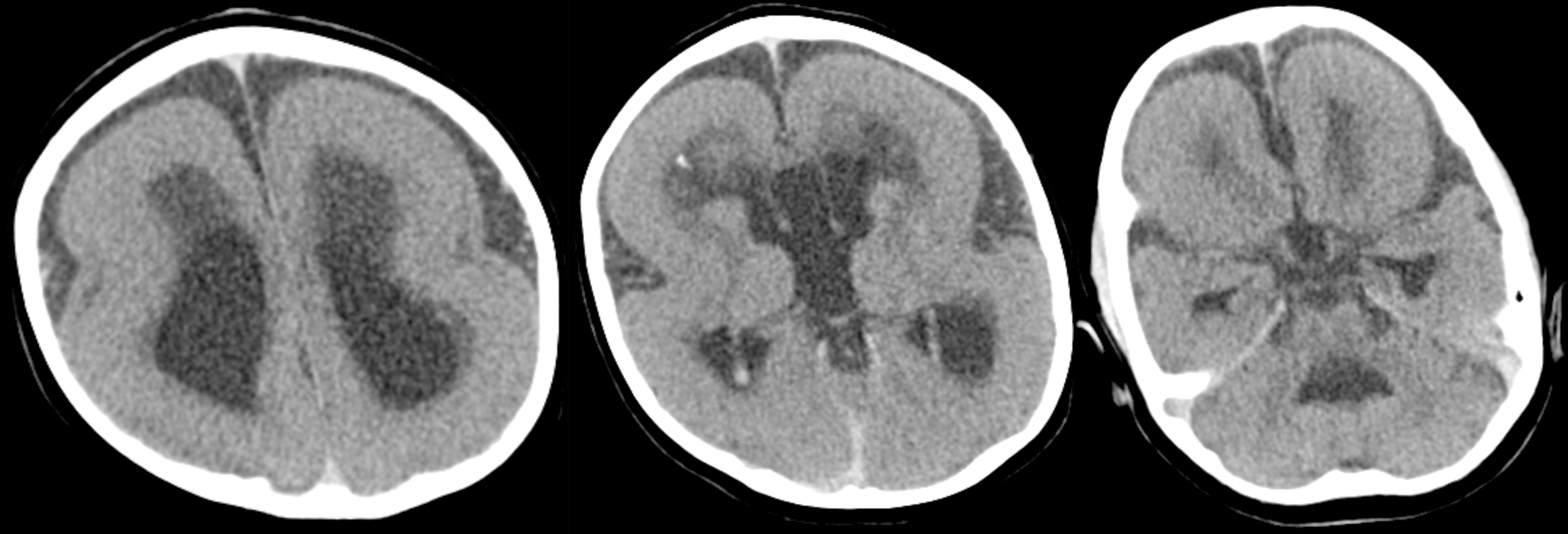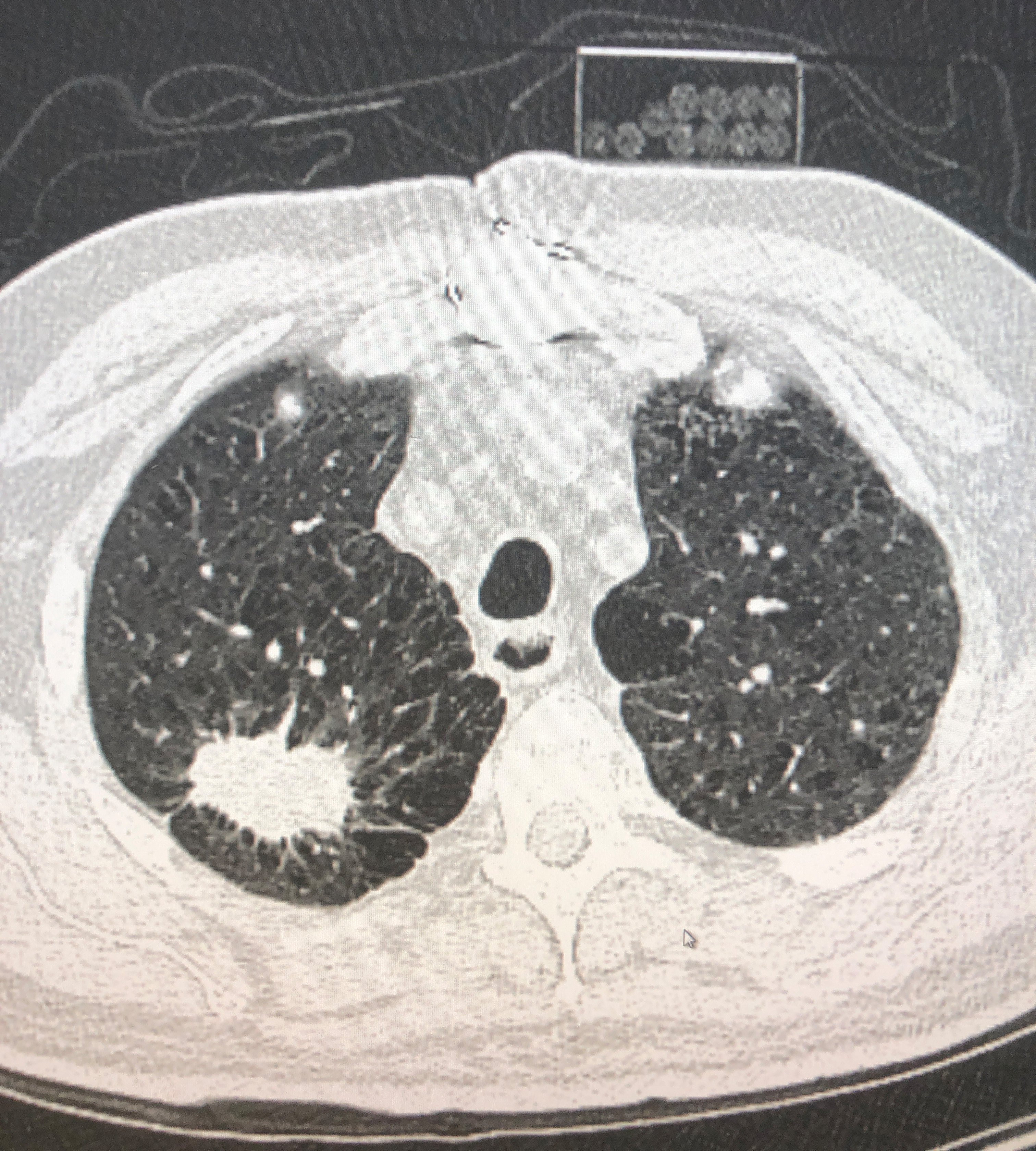Radiology
0 readers
1 users here now
A community for all things related to medical imaging!
Rules:
- Please be courteous and professional.
- No requests for medical advice or second opinions. Please see your actual physician/provider for that!
- No advertising.
- Imaging/case submissions must have no patient identifiers.
- Imaging/case submissions should have a known finding or point of interest.
founded 1 year ago
MODERATORS
2
3
6
7
9
10
11
12
